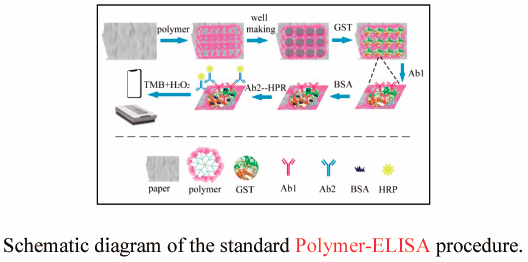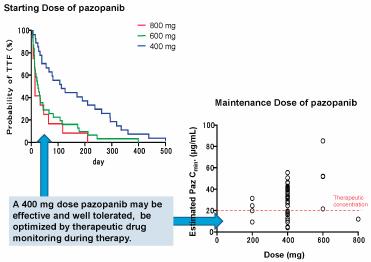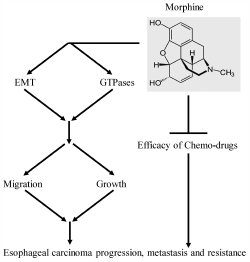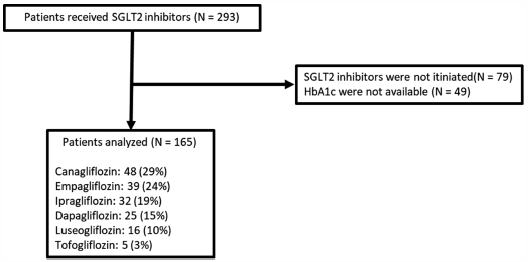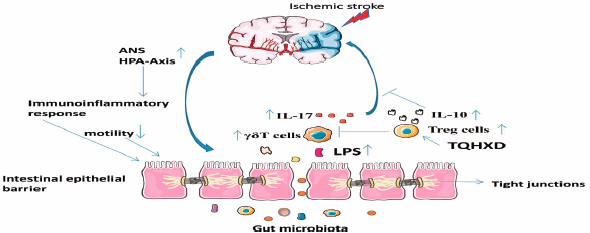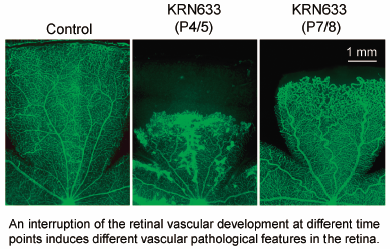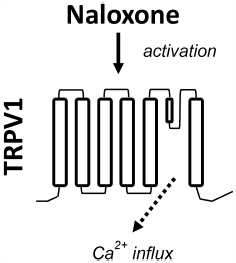- |<
- <
- 1
- >
- >|
-
2020Volume 43Issue 5 Pages 757-761
Published: May 01, 2020
Released on J-STAGE: May 01, 2020
Advance online publication: March 05, 2020Download PDF (823K) Full view HTML
-
2020Volume 43Issue 5 Pages 762-766
Published: May 01, 2020
Released on J-STAGE: May 01, 2020
Advance online publication: February 29, 2020Download PDF (364K) Full view HTML -
2020Volume 43Issue 5 Pages 767-773
Published: May 01, 2020
Released on J-STAGE: May 01, 2020
Download PDF (806K) Full view HTML -
2020Volume 43Issue 5 Pages 774-781
Published: May 01, 2020
Released on J-STAGE: May 01, 2020
Download PDF (1895K) Full view HTML -
2020Volume 43Issue 5 Pages 782-787
Published: May 01, 2020
Released on J-STAGE: May 01, 2020
Download PDF (417K) Full view HTML -
2020Volume 43Issue 5 Pages 788-800
Published: May 01, 2020
Released on J-STAGE: May 01, 2020
Advance online publication: March 03, 2020Download PDF (18977K) Full view HTML -
2020Volume 43Issue 5 Pages 801-809
Published: May 01, 2020
Released on J-STAGE: May 01, 2020
Advance online publication: March 04, 2020Download PDF (2558K) Full view HTML -
2020Volume 43Issue 5 Pages 810-816
Published: May 01, 2020
Released on J-STAGE: May 01, 2020
Advance online publication: February 26, 2020Download PDF (1969K) Full view HTML -
2020Volume 43Issue 5 Pages 817-822
Published: May 01, 2020
Released on J-STAGE: May 01, 2020
Download PDF (530K) Full view HTML -
 2020Volume 43Issue 5 Pages 823-830
2020Volume 43Issue 5 Pages 823-830
Published: May 01, 2020
Released on J-STAGE: May 01, 2020
Editor's pickEfficiency and animal welfare are important factors in the development of new drugs. Considering this, Nakamura et al. propose a new way of predicting human PK for mAbs that is more efficient than conventional methods. By collecting mAb PK data on linear elimination and analyzing a two-compartment model, they revealed that half-life during elimination is the main contributor to plasma clearance. Based on this feature, they developed a novel method that uses easy-to-obtain parameters from humans and non-human primates to predict human PK. Called the half-life method, it can improve animal welfare and potentially accelerate the drug development process.
Download PDF (756K) Full view HTML -
2020Volume 43Issue 5 Pages 831-838
Published: May 01, 2020
Released on J-STAGE: May 01, 2020
Download PDF (2803K) Full view HTML -
 2020Volume 43Issue 5 Pages 839-847
2020Volume 43Issue 5 Pages 839-847
Published: May 01, 2020
Released on J-STAGE: May 01, 2020
Advance online publication: March 06, 2020Editor's pickEthenzamide (ETZ) is widely used as an OTC pain reliever, however, its site of action and mechanism underlying its analgesic action had not yet been fully elucidated. The article by Nikaido et al. provides evidence suggesting that the analgesic effect of ETZ in the rat formalin test was mediated by multiple mechanisms of action including the 5-hydroxytryptamine2B receptor blockade at the spinal cord.
Download PDF (960K) Full view HTML -
2020Volume 43Issue 5 Pages 848-858
Published: May 01, 2020
Released on J-STAGE: May 01, 2020
Advance online publication: March 10, 2020Download PDF (4169K) Full view HTML -
 2020Volume 43Issue 5 Pages 859-863
2020Volume 43Issue 5 Pages 859-863
Published: May 01, 2020
Released on J-STAGE: May 01, 2020
Editor's pickPathological angiogenesis is a leading cause of blindness in several retinal diseases. Kondo et al. demonstrated that only a 2-day treatment of neonatal rats with the VEGF receptor tyrosine kinase inhibitor at different time points could induce abnormal blood vessels with different vascular pathological features (intravitreal neovascularization vs. tortuous arteries) in the retina. Pharmacological agents targeting the VEGF signaling pathway are useful for creating an abnormal retinal vasculature with various pathological features in order to study the mechanisms underlying abnormal retinal angiogenesis and evaluate the efficacy of anti-angiogenic compounds.
Download PDF (3028K) Full view HTML -
2020Volume 43Issue 5 Pages 864-872
Published: May 01, 2020
Released on J-STAGE: May 01, 2020
Download PDF (2675K) Full view HTML -
 2020Volume 43Issue 5 Pages 873-878
2020Volume 43Issue 5 Pages 873-878
Published: May 01, 2020
Released on J-STAGE: May 01, 2020
Editor's pickThe transdermal fentanyl patch (FP) has been used worldwide to relieve cancer pain. However, no previous studies have examined the influence of cancer cachexia on pain control in cancer patients receiving FP treatment. Chiba et al. found that cancer cachexia may be a risk factor for poor pain control in patients receiving FP treatment, and that uncontrolled pain in FP treatment may be caused by the inhibition of fentanyl transdermal absorption due to dry skin.
Download PDF (317K) Full view HTML -
2020Volume 43Issue 5 Pages 879-883
Published: May 01, 2020
Released on J-STAGE: May 01, 2020
Download PDF (392K) Full view HTML -
2020Volume 43Issue 5 Pages 884-897
Published: May 01, 2020
Released on J-STAGE: May 01, 2020
Advance online publication: March 06, 2020Download PDF (1934K) Full view HTML -
 2020Volume 43Issue 5 Pages 898-903
2020Volume 43Issue 5 Pages 898-903
Published: May 01, 2020
Released on J-STAGE: May 01, 2020
Editor's pickTo discover small molecules that affect osteoclastogenesis, Kumagai et al designed and synthesized styrylpyrone analogs, and discovered (E)-6-(2-fluorostyryl)-4-methoxy-2H-pyran-2-one (22) has osteoclast-inhibitory activities in murine RAW264 cells. A partial structure-activity relationship revealed that fluorine and its position within the styrylpyrone skeleton were important. Authors also revealed that compound 22 prevents osteoclastic bone resorption by inhibiting osteoclastogenesis. Compound 22 downregulated mRNA expression levels of RANKL-induced nuclear factor of activated T cells c1 (NFATc1) and osteoclastogenesis-related genes. These findings may be useful for the desigh of antiresorptive agents for the treatment of bone disorders characterized by excessive osteoclastic activity .
Download PDF (3484K) Full view HTML
-
2020Volume 43Issue 5 Pages 904-907
Published: May 01, 2020
Released on J-STAGE: May 01, 2020
Download PDF (322K) Full view HTML -
2020Volume 43Issue 5 Pages 908-912
Published: May 01, 2020
Released on J-STAGE: May 01, 2020
Download PDF (1388K) Full view HTML -
2020Volume 43Issue 5 Pages 913-916
Published: May 01, 2020
Released on J-STAGE: May 01, 2020
Advance online publication: March 04, 2020Download PDF (237K) Full view HTML
-
2020Volume 43Issue 5 Pages 917
Published: May 01, 2020
Released on J-STAGE: May 01, 2020
Download PDF (75K) Full view HTML
- |<
- <
- 1
- >
- >|

